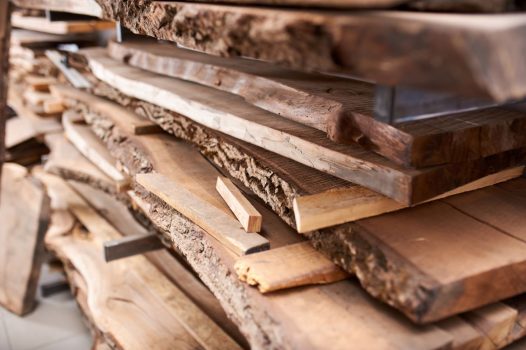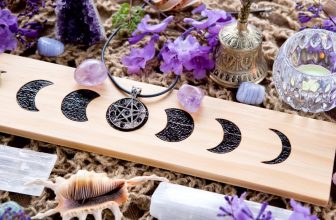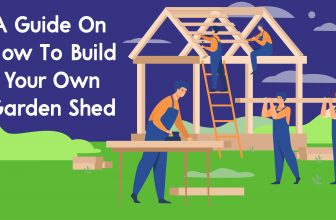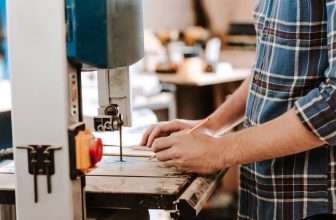Contents
Once you’ve decided to get into woodworking and you’ve chosen a project, your next step is choosing woodworking woods for your project.
In this phase of your woodworking adventures you really only need to know the difference between lumber and wood products, as well as hard woods and soft woods. With these bits of knowledge you should be able to choose woodworking woods that will suit your projects and have you making wooden wonders.
Actually, choosing wood for a project isn’t too hard. First it’s a matter of determining what you need for your project. Do you need lumber, or wood products such as plywood? After that decision is made, the decision on soft wood or hard wood will come into play.
So, let’s take a look at some info that will help you round up your wood for your next woodworking masterpiece.
Lumber vs Wood Products
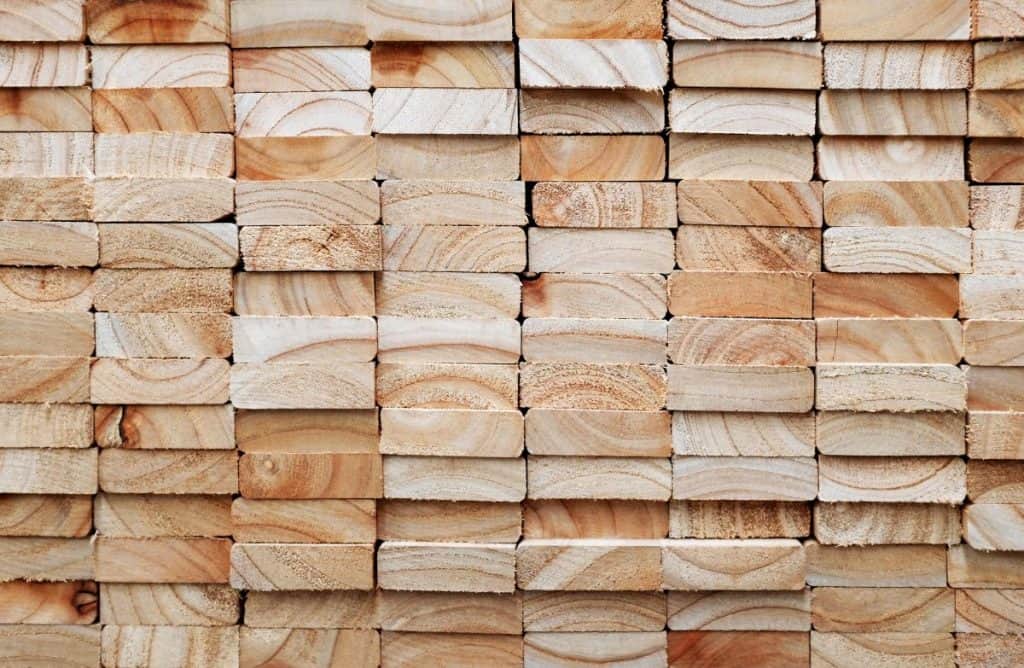
Lumber, by definition, is wood that has been sawed into timbers, planks, or boards. Wood products, such as plywood, particle board, fiber board, wafer board, and temper board are made from thinly sliced sheets of wood, or from wood dust, wood chips, and wood wafers, or chunks, using resins to bind them.
Lumber is limited by its available widths, which usually max out at 12 inches when purchased at your local building supply stores.
Plywood, and other wood products, on the other hand are not limited to 12 inch widths. Nope, they are available up to a bit over 4 feet wide. Wood products have another edge over lumber. They tend to be more stable, less prone to warping, cupping, and cracking.
Some wood products have limitations compared to lumber in that they are not as attractive nor as strong and they might be much heavier.
Now, let’s explore lumber and wood products.
Lumber
Okay, we’ve covered a little bit about lumber and other wood products, now let’s get into a bit more detail.
Uses for Lumber
Lumber can pretty well be used everywhere in a woodworking project. Although limited in widths, it can be glued up to make large panels, such as cabinet or table tops. When one wants the beauty of solid wood, using lumber throughout the project is a great choice.
Rough or Smooth
Lumber comes two ways, smooth or rough cut. Smooth lumber is what you’ll find at your local building supply stores such as Lowes, Home Depot, McCoys, and others. The timbers have been rough cut into planks or boards, then surfaced on both faces and both edges, making those matching surfaces parallel and smooth.
This is know as Surfaced Four Sides, or S4S, although you won’t hear it mentioned at those big box stores. Now, at wood supply stores such as Paxton Beautiful Woods or Woodcraft, it’s another story.
Wood supply stores such as those two mentioned above sell wood in numerous forms, other than S4S. You can buy S2S, which means Surfaced Two Sides. These boards have rough edges, or “Live Edges.” Many times the live edge is the bark surface of the tree. OOOoooohh, that can be some beautiful wood.
Wood supply stores, or specialty wood stores, also sell rough cut lumber. This is wood that comes straight from the saw mill, complete with saw marks on all sides. It requires surfacing and ripping to smooth it all out, but it costs a bit less than S2S and S4S.
Let’s say you’re at a specialty wood store and you want rough lumber. You’ll need to ask for RGH lumber. Yep, RGH stands for rough.
Thickness
When you buy lumber at the big box stores it’s mostly ¾ inch thick. Some do sell thinner lumber, but not all. Although these boards are ¾ inch thick, they are known as “One By’s.” You know, 1 by 4, 1 by 6, 1 by 8, etc. Each started out as 1 inch lumber, but surfacing the two faces smooth made them ¾ inch thick.
When you buy lumber at a wood specialty or supply store, you’ll need to learn a new system.
At specialty lumber stores you’ll find 4/4 lumber. That’s one inch thick stuff. The bottom 4 stands for ¼ inch and the top number indicates that there’s 4 quarter inches in the thickness of the board, thus 4/4 lumber.
How about 8/4? That would be a 2 inch thick board. Getting the idea? How about 2/4? Yep, it’s ½ inch thick. I think you’re getting the hang of this.
So, if you walk into a specialty wood store and ask for Red Oak in 4/4, S4S, you’re wanting Red Oak lumber that is smooth on all 4 sides and is an inch thick.
Width
If you’ve ever bought lumber then you might have noticed that a 1 by 12 is not actually 1 inch thick and 12 inches wide. We covered the thickness issue, but what’s up with the width not being the full size?
Same with thickness. Material is removed to straighten the edges, so lumber is finished down smaller than the stated size.
It’s the same with framing studs, also known as 2 by 4’s. Yep, the machining process actually brings them down to 1 ½ inches by 3 ½ inches.
Board Feet
When you buy from a specialty wood store, rough cut wood, as well as S2S and S4S lumber is not sold as 1 by’s or 2 by’s. Nope, lumber at those stores is sold in Board Feet.
Yeah, I know more confusion. It’s actually easy to remember. One board foot is 144 cubic inches of wood.
Say you have a board, 1 inch wide, by 1 inch thick, by 144 inches long, then you have one board foot of wood. Same for a piece that is 12 inches wide, by 12 inches long, by 1 inch thick. It’s also a board foot.
If you’re looking at a 4/4 (2 inches thick) piece of wood that’s 1 inch wide, and 144 inches long, then you have 2 board feet. If it’s 4/4 and 2 inches wide by 36 inches long then you also have 1 board foot.
Lumber: Pros and Cons
Wood Products
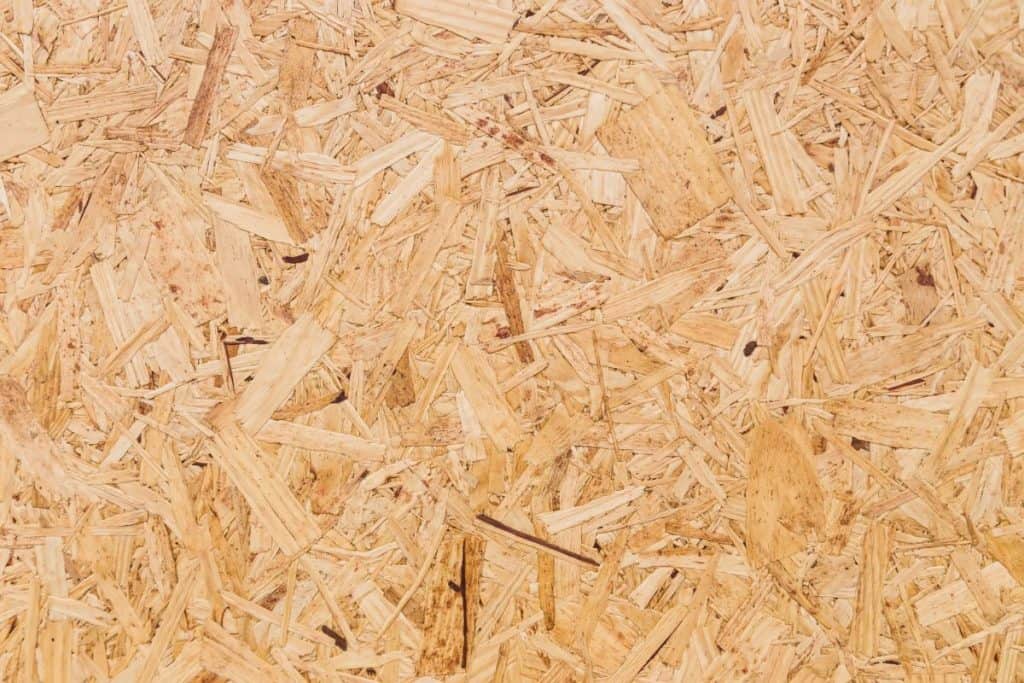
Okay, now that we swam through all that info on lumber, let’s swim through the sea of wood products. Wood products are made from wood, but are not solid wood or lumber.
Plywood vs Other Wood Products
Plywood is a sheet good that is made by gluing together sheets of wood, or sometimes sheets of wood (the outer faces) on top of fiberboard or lumber middle layers, known as cores or plies. These panels are used in place of glued up panels of lumber. They tend to be cheaper than glued up panels and are less time consuming to make.
With plywood, the plies, or layers, are glued up at 90 or 45 degree angles to each other. This provides greater lateral strength than glued lumber panels might have.
Uses for Plywood and Other Wood Products
Where lumber can be used through out a project, plywood and other wood products, such as Medium Density Fiberboard (MDF) aren’t well suited for such a task. Plywood has plies that show on the edges of boards and MDF isn’t that pretty either, so lumber is usually combined with these products to produces woodworking projects.
Other Wood Products
Other wood products are composites made from wood dust, chips, or wafers and resins. These are utilitarian products as they don’t have any natural beauty as there is no wood grain or color to be seen.
These are used where function trumps form, or looks. These products also tend to be less costly than lumber or plywood.
Rough or Smooth
Wood products, mainly plywood can came rough or smooth. Most rough plywood is used in construction in the form of decking and exterior sheathing. Smooth plywood is usually used in interior and furniture construction. Wafer board, an alternative to plywood, usually has a rough surface on both sides.
This really doesn’t matter when it’s going to be covered with roofing material or siding, so coast is kept down by not making the surfaces smooth.
Medium Density Fiberboard (MDF), a sheet good made from saw dust and resins, usually has two smooth surfaces. Some MDF has tempered surfaces, which are hard and resist water or chemical absorption. Temper board, generally ¼ inch thick, usually has a smooth surface and a textured surface.
Plywood and Other Wood Products: Pros and Cons
Soft Wood vs Hard Wood Trees
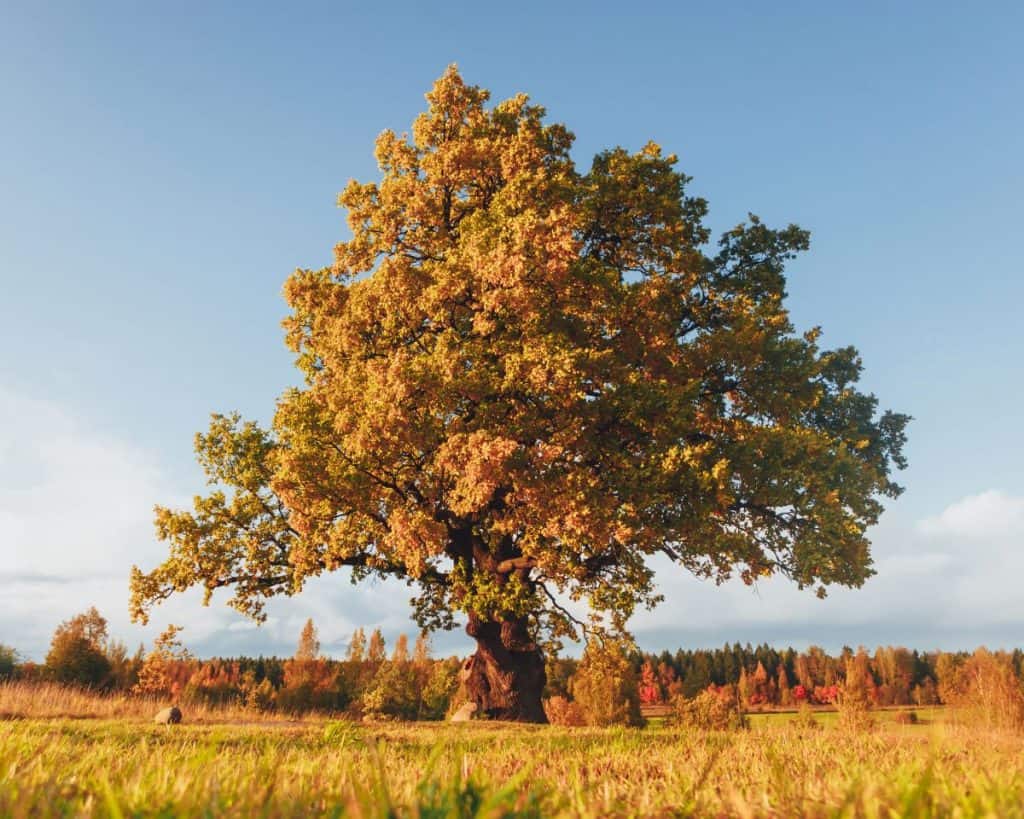
Now that we’ve looked into solid wood and wood products, let’s talk about soft woods and hard woods as these are key terms that every woodworker needs to know.
Trees are classified as either soft wood or hard wood trees. The terms soft and hard have nothing to do with how soft or hard the wood is. Yep, it’s a little confusing, as some soft woods are hard and some hard woods are soft.
What? Yes, it’s true; soft woods can be hard and hard woods can be soft.
So, what do the terms soft and hard refer to? Soft wood trees are coniferous, or cone bearing trees, such as spruce and cedar. These trees have needles instead of leaves and stay green all year. Hard wood trees are deciduous, having acorns or nuts, and they lose there broad leaves each fall.
So, when does a hard wood tree produce wood that is softer than some soft wood trees? When it’s a Balsa tree. Balsa trees have broad leaves, which drop each fall, so they’re are hard wood trees. Funny, huh?
Soft Wood Trees = Needles, Cones and Evergreen
Hard Wood Trees = Acorns and Broad Leaves that drop in the Fall
Hard Woods
Hard woods, such as Oak, Walnut, Maple, and Ash, are not generally used in shop type projects, such as workbenches and storage units. On the other hand, these woods, as well as some other hard woods, are used in furniture making, cabinet making, and in the making decorative and useful items, such as jewelry boxes and shelves.
Soft Woods
Soft woods, such as Pine and Cedar are used to make outdoor furniture, shop items such as work benches and shelves. These woods are also used as are the hard woods listed above, in making furniture, shelves, cabinets, and other such indoor items. Cedar has found wide-spread use in making cedar chests, which are great for protecting cloth items from moths and silver fish.
Of course, when choosing lumber, the use of the wood and the cost are key factors. There’s no need to spend on more expensive woods when lower cost woods will do. On the other hand, it is important to buy strong enough wood for the required task.
Conclusion
We’ve covered a bunch on lumber and wood products. Probably enough to make your head spin. But wait! There’s more!
Actually, there is a bunch more that can be covered on lumber and other wood products, but this will do for now.
This is enough information to get you started in purchasing wood for basic projects. So, got out and get you some wood and get to making stuff!

